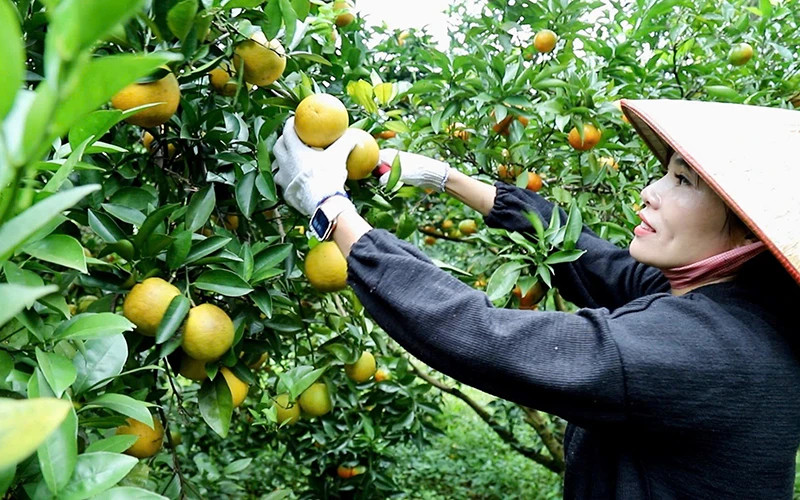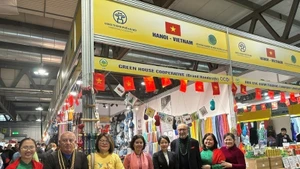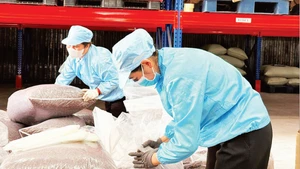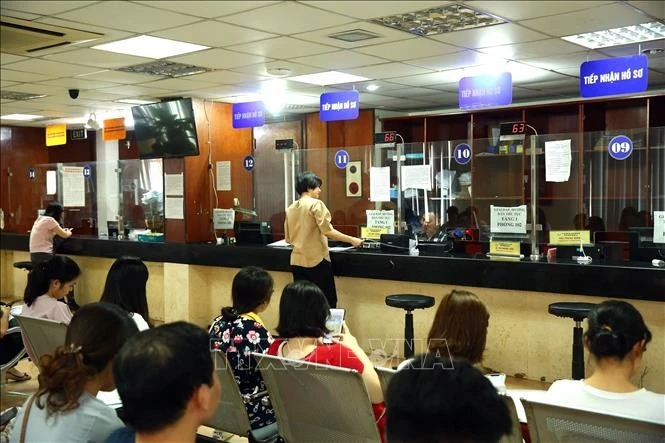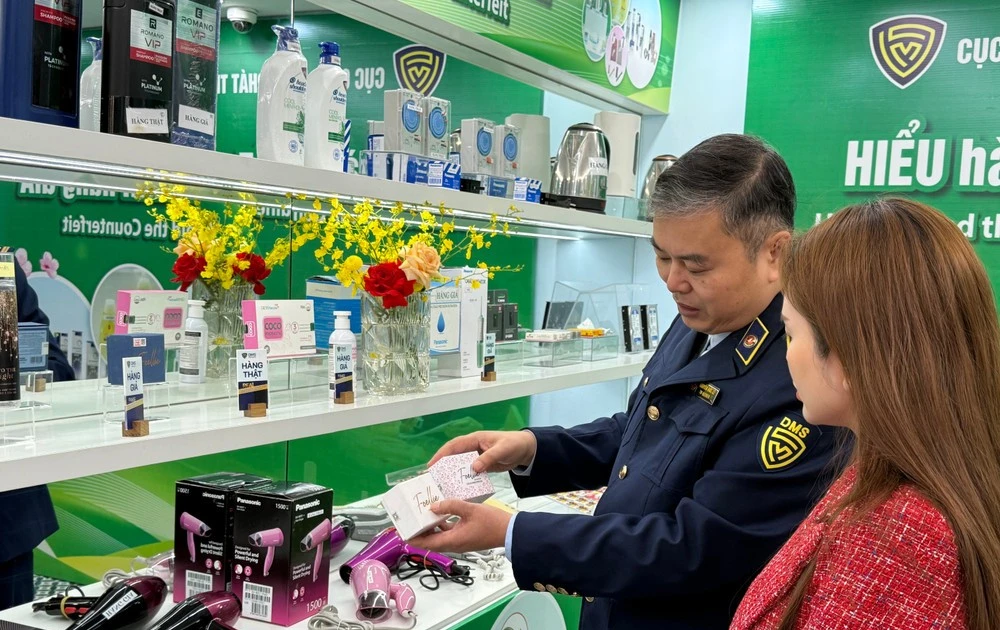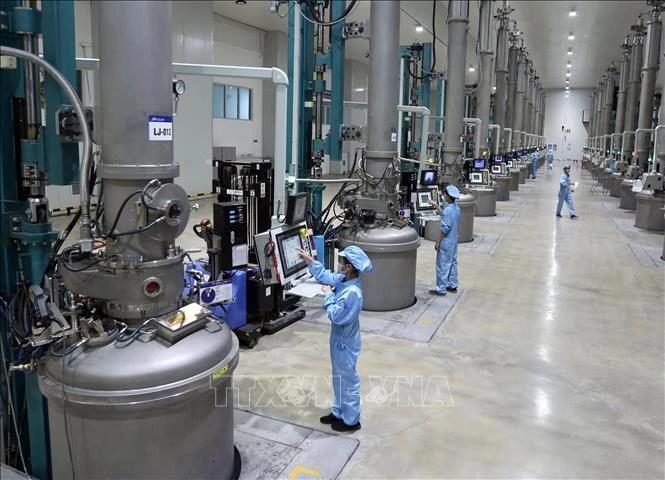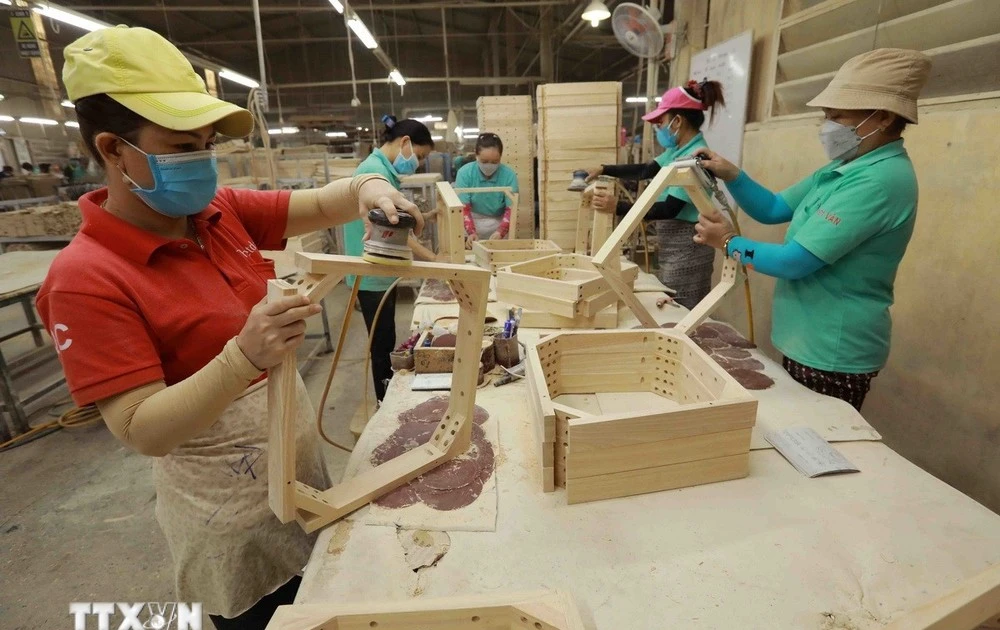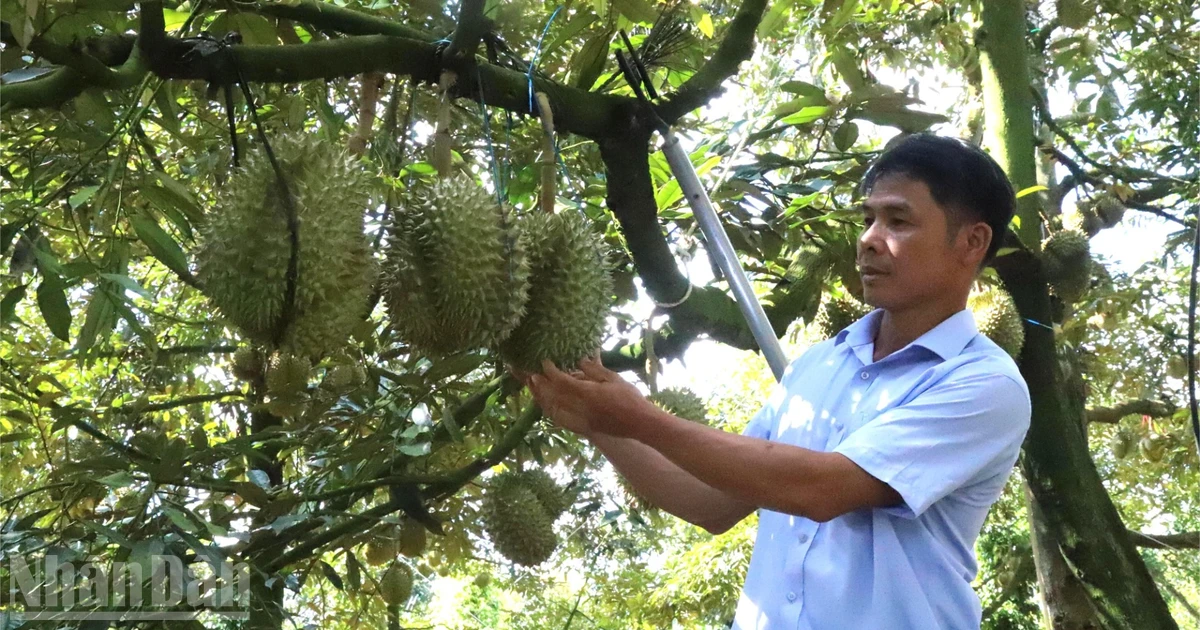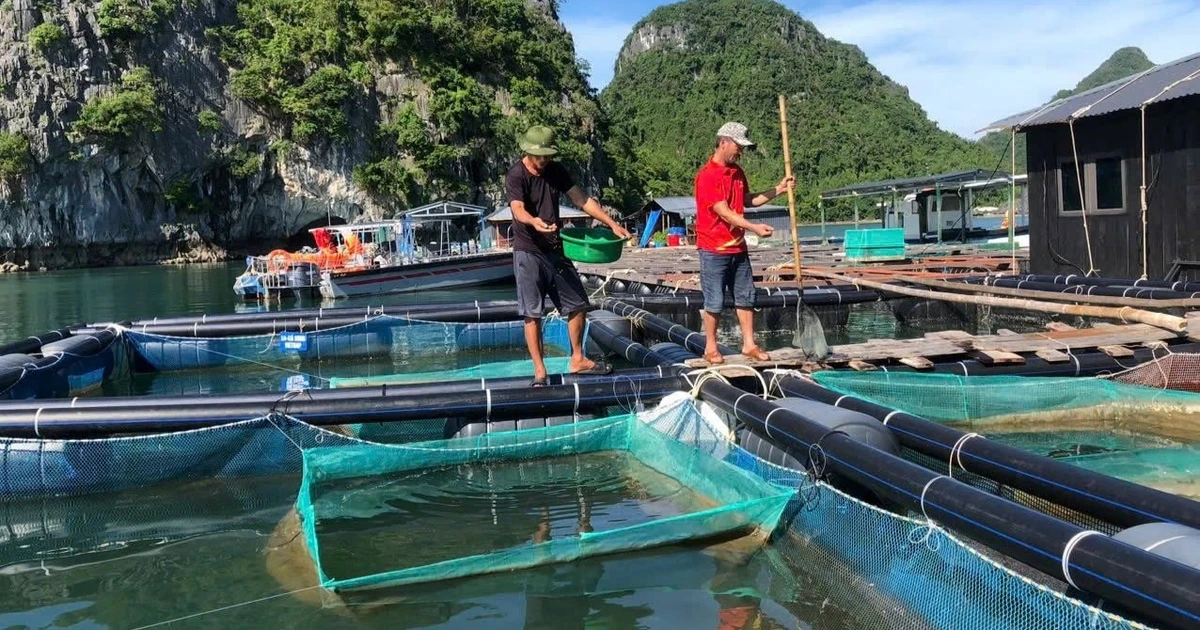Citrus trees are popular fruit trees, present in production in all regions and localities across the country. To date, the area of citrus trees has reached about 256 thousand hectares with an output of about 3.78 million tons, accounting for about 27% of the total fruit tree output of the country, with oranges and grapefruits being the two most-grown crops. Farmers have proactively applied many new technical advances to production. Some localities have planned citrus growing areas as a commodity in a concentrated manner; they have proactively promoted trade promotion, product promotion, expanded domestic consumption, and exported abroad.
According to Nguyen Quoc Manh, Deputy Director of the Department of Crop Production (Ministry of Agriculture and Rural Development): "Recently, the decline of citrus trees has been quite serious in many localities. Through a synthesis of 20 localities (Ha Giang, Tuyen Quang, Hoa Binh, Nghe An, etc.), the area of citrus trees has declined by more than 16,500 hectares."
The decline is due to fluctuations in the consumption market, with a decrease in the selling price, so the orchards have not been investing in intensive cultivation; some localities have allowed the development of citrus trees outside the approved planning area; and some newly planted areas do not have sufficient land and water resources for production, causing increased investment costs, leading to poor tree care and rapid decline. During the long-term cultivation process, growers use a lot of inorganic fertilisers, chemical pesticides, and untreated manure, leading to hardened soil and thus making it difficult for plants to absorb nutrients, while pests and diseases have appeared in many growing areas.
In Hoa Binh Province, according to statistics, the area of citrus fruit trees reached 10,091 hectares; of which the area of oranges is 3,810 hectares, grapefruit is 5,668 hectares, and tangerines is 380 hectares. From 2018 to 2021, the area of citrus fruit trees has been severely degraded; in 2021, the area of degraded citrus trees that had to be renovated and replanted was about 1,500 hectares.
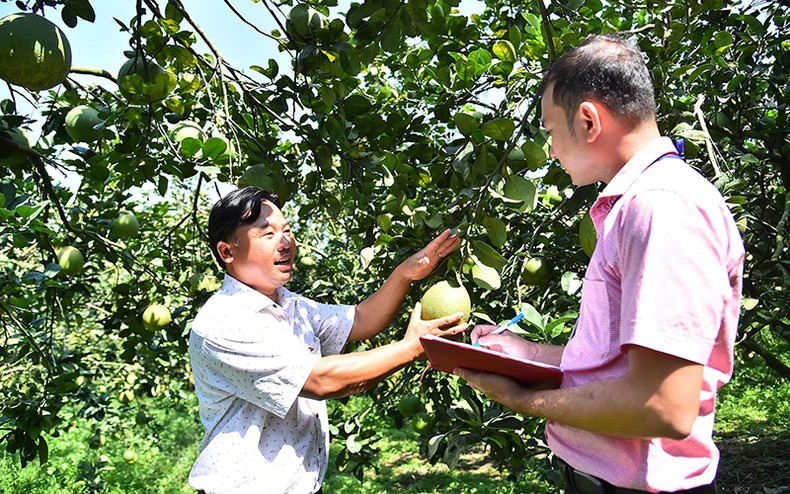 |
| The grapefruit growing model of Dan Tien Cooperative (Tan Dinh Commune, Bac Tan Uyen District, Binh Duong Province) helps members have a stable income. (Photo: MY HA) |
Van Dan, Head of the Department of Agriculture and Rural Development of Cao Phong District, stated that for many years, citrus fruit trees have brought high efficiency to the local people. Many families have become rich from this tree, with each hectare at times reaching billions of VND per year. Although the area of orange cultivation in the district was previously small, since being granted geographical indication in 2014 the area increased to more than 3,000 hectares in 2019.
However, the rapid and rapid development has also caused this tree to degrade a lot, affecting about 30% of the total of more than 3,000 hectares. From 2021-2022, due to the decrease in orange prices, difficulties in consumption, and low investment by people, combined with harmful pests and diseases, the orange acreage has decreased significantly to about 900 hectares and the degraded area has also decreased. Mr. Dang Van Rong of Tay Phong Commune, Cao Phong District, shared: "In previous years, orange cultivation was often less susceptible to degradation, pests and diseases. However, recently, some households have cut down oranges at the end of the harvest cycle and replanted them after four years, and the orange leaves often turn yellow. We also do not know if the cause is due to the variety or due to disease."
Vuong Dac Hung, Deputy Director of the Department of Agriculture and Rural Development of Hoa Binh Province, said: “To overcome this situation, the province has supported a source of high-quality, disease-free citrus fruit seedlings for replanting in Cao Phong District. Currently, the locality is implementing procedures to support orange seedlings with an area of 42,306 hectares for 115 households registered to plant in 2024. In addition, the province is promoting the dissemination and application of the synchronous process of replanting citrus fruit trees in the province.”
Areas of old citrus trees that are cut down will not be replanted immediately but will be rotated with annual, short-term crops from 24 to 36 months to improve the soil and cut off the source of pests and diseases. The replanted areas will have soil samples analysed to determine the nutritional composition and density of pests and diseases in order to establish preventive measures from the beginning. At the same time, improve knowledge of citrus fruit cultivation through technical training courses, demonstration models of replanting model fields in Cao Phong District.
To overcome this situation, Nguyen Quoc Manh, Deputy Director of the Department of Crop Production (Ministry of Agriculture and Rural Development), said: “In the coming time, localities and people need to minimise the situation of increasing acreage, hot development "following the trend" for orange and grapefruit trees, especially in unsuitable areas. It is necessary to continue reviewing areas for producing commercial oranges and grapefruits in the direction of concentrated development, in areas with suitable ecological conditions, with the ability to invest in intensive cultivation.”
Regarding scattered planting areas in unsuitable areas, experts recommend that localities increase propaganda, instruct farmers to switch to other more effective crops, and continue to promote research on selection and development of new citrus varieties with high yield, quality, seedless or low seed fruit, and spread out harvests, that can adapt to climate change and are resistant to pests and diseases, etc., to promptly supplement production.
At the same time, localities need to manage production, business, use of quality, disease-free citrus varieties; recommend farmers to increase the use of organic fertilisers, biological measures in pest and disease control; overcome and minimise unsustainable cultivation, abuse of inorganic fertilisers and chemical pesticides.
Functional units need to prioritise scientific research and the transfer of technical advances in intensive cultivation of citrus in concentrated areas towards adapting to climate change, improving productivity, quality, appearance and ensuring food safety while implementing technical processes for flowering, fruit setting, spread out harvests, and pest and disease control in climate change conditions.
